Environmental sustainability is no longer just a buzzword—it’s an imperative in today’s world! As the earth becomes more polluted and our natural resources continue to get depleted at an alarming rate, each of us must try to make sustainable life choices that do not strain our planet and its supporting ecosystems. Even the smallest lifestyle change can help preserve our resources so that future generations can have a better quality of life.
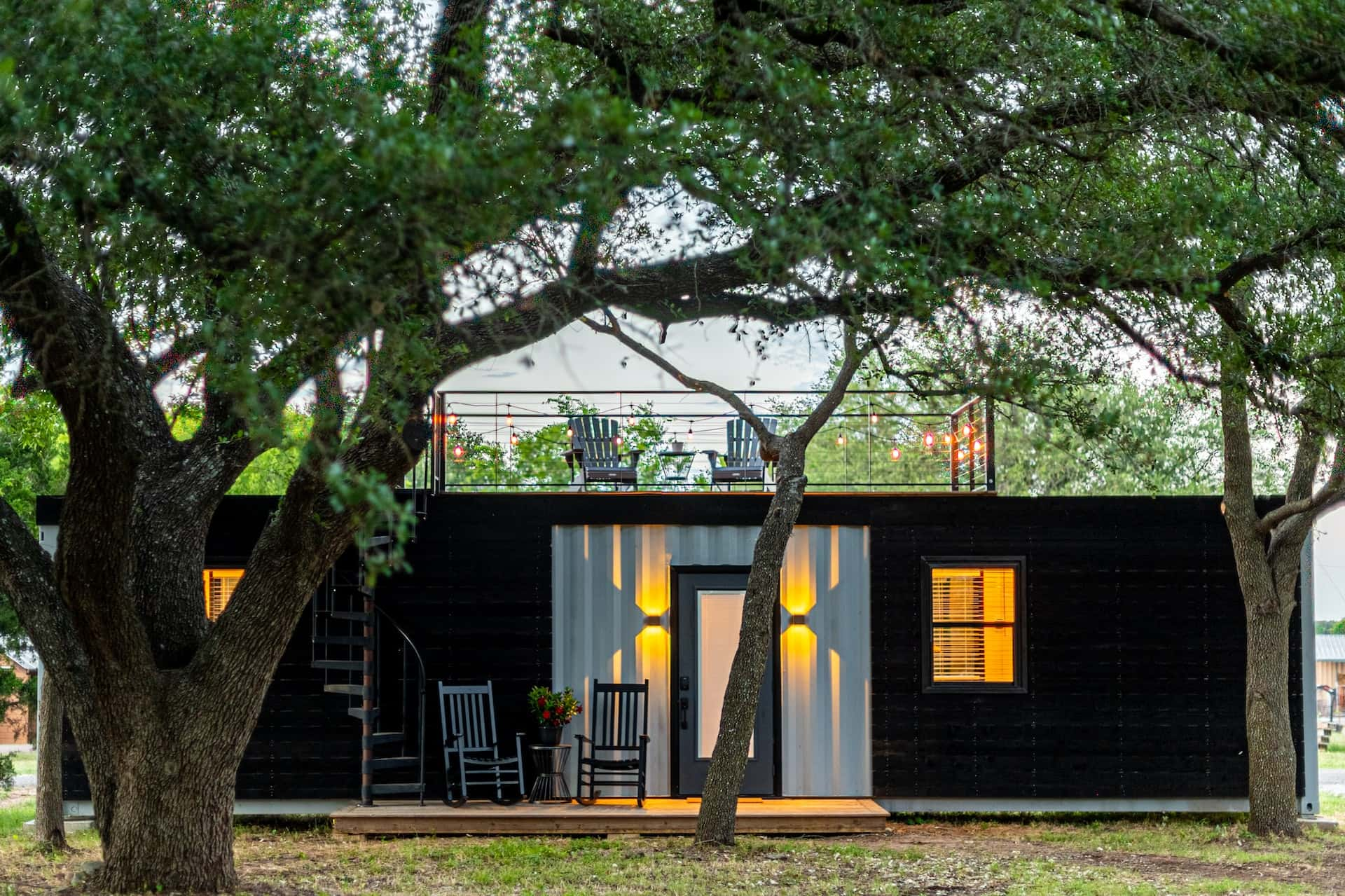
Green buildings are the need of the hour, and by choosing the right materials for your house, you can reduce its negative environmental impact. Architects who use green building strategies and practices aim to reduce costs, reuse and recycle materials, and minimize waste. A niche design trend that ticks all these boxes and has been rapidly gaining in popularity is the use of shipping containers to build simple, cost-effective homes.
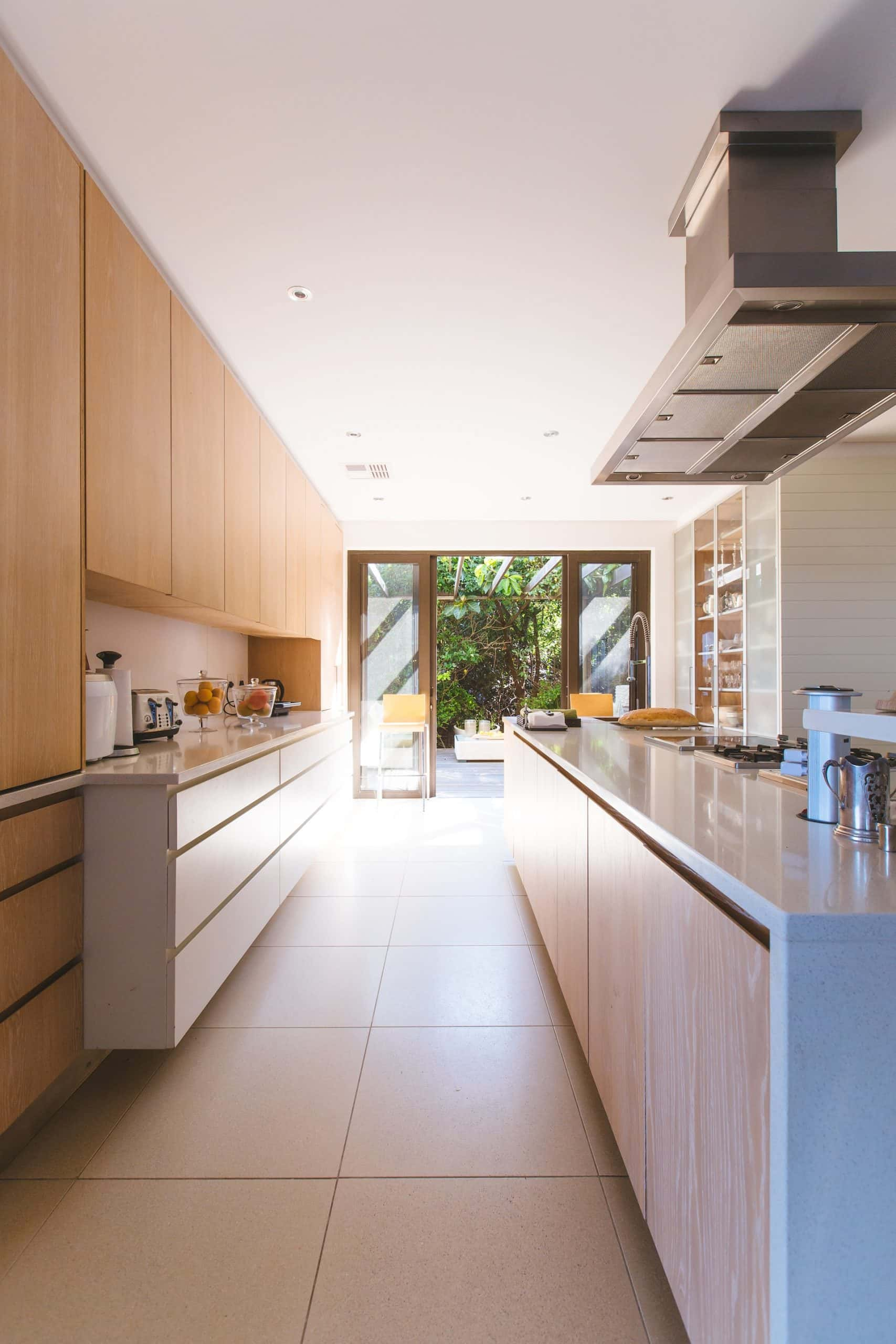
These ‘container houses’, as they are called, are anything but conventional! Shipping containers are typically made of corrugated steel, and are ideal for construction since they can be easily transported and are sturdy and weatherproof. The steel used for making shipping containers is built to withstand heavy loads and resist the harshest of environments.
Container construction is expected to be the next huge trend in eco-friendly homes. Interested in knowing more about these out-of-the-box solutions for green living? Read on!
What are the Advantages of Container House Designs?
1. Super-Quick Construction
The shell of a container home is already in place, and all that needs to be done is the interior. In case the container house design will be using two or more containers, attachments and modifications (which are done using drilling and welding) can also be easily made.
2. No Foundation Required
These houses do not require a deep foundation like a conventional brick-and-mortar home, and transportation is also very easy as shipping is what they are basically built for!
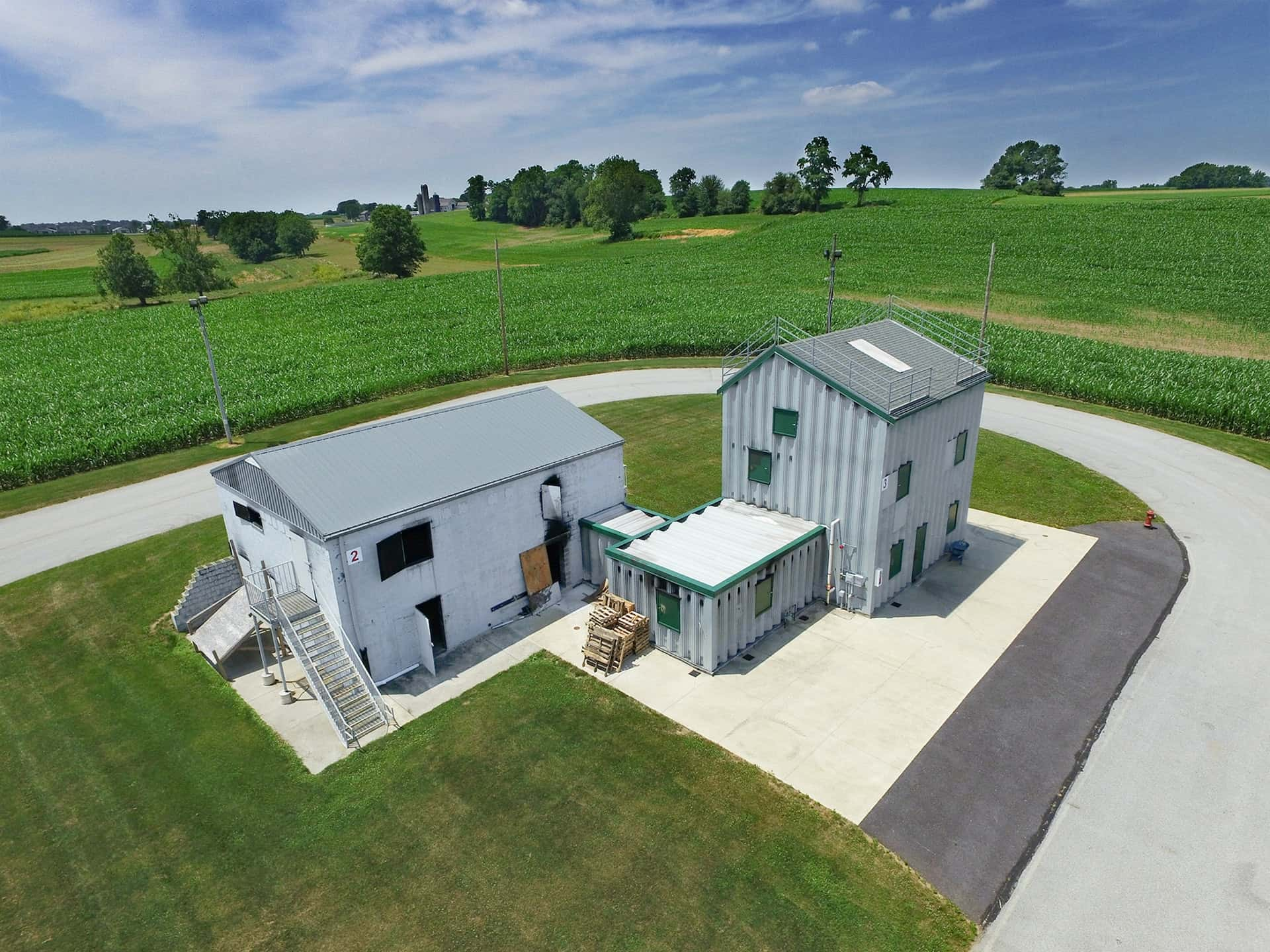
3. Modular Units
Shipping containers come in readymade modules that are made to standard measurements. As such, the design of interior units can also follow standard measurements, and a company that is building and selling container homes can easily create modular furniture, kitchens and storage units very easily.
4. Cost Savings
Used containers are available at throwaway prices, and if you choose this trending option, you’ll be able to get a home at a fraction of the cost of a regular home. Even if you are buying a brand-new container, you’ll still be saving a huge amount of money, which you can use for your interiors—or, live it up a little and use the money you’ve saved to see the world!
5. Sustainability through Re-Use
Used containers are used to make container homes. These containers would have otherwise been sent to a landfill or used as scrap metal, and by reusing them in almost the same shape and form, we are preserving our metal resources for the future. What’s more, they can be reused and recycled again and again.

6. Energy Efficiency
Shipping containers are usually much smaller than regular homes. They are well suited to minimalistic lifestyles. By living lean and clean, we will save on cooling, heating, and lighting expenses—thereby reducing our carbon footprint!
7. Low Maintenance
A home that’s made of brick and mortar requires continuous, very expensive care to keep it in good shape. On the other hand, a container house is very durable and needs minimal ongoing care.
8. Easy Availability
Shipping containers are very readily available anywhere in the world. In some countries, there are construction companies that will allow you to choose between several pre-fabricated container homes that come completely fitted out with ergonomically designed interiors.
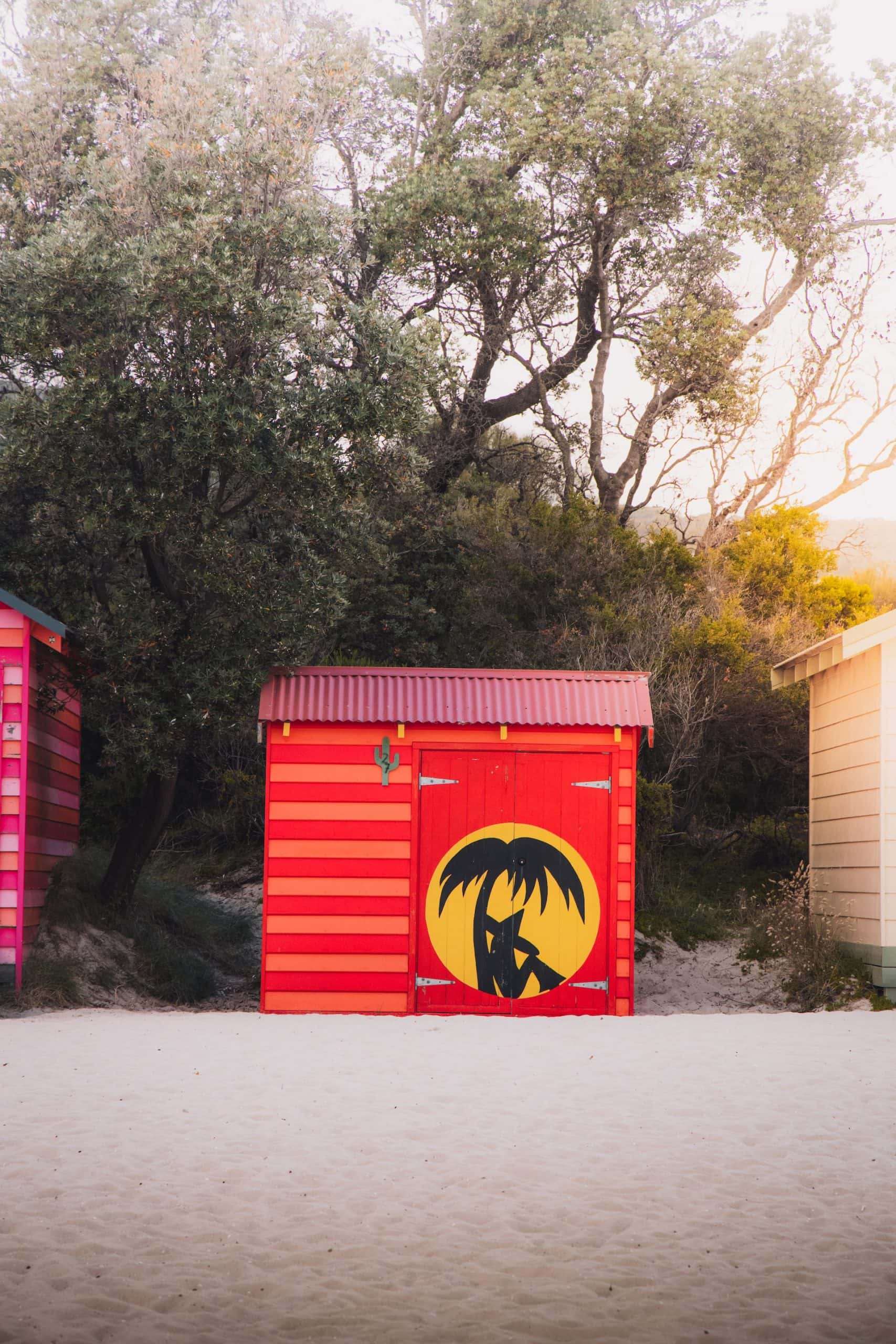
9. Multi-Storey Construction
As these containers are designed to be stacked one atop the other, multi-storey construction becomes very easy. The containers are designed to interlock for easy transportation, and you can build a larger container home simply by joining several containers together, both horizontally and vertically.
10. Low Labour Costs
Overall, labour costs will come down, as compared to the construction of a conventional house which will take months or sometimes years to finish, and requires a team of workers who are skilled in masonry, steel reinforcement work, flooring, roofing, carpentry and so on. Here, the only labour involved will be specialists in the cutting and welding of steel.
What are the Disadvantages of Container House Designs?
1. Low Insulation
Steel can get very hot if exposed to the harsh sun during summers. Steel conducts heat well, and a layer of protective insulation will be required on the inside of the walls and ceiling to keep temperatures comfortable for living.
2. Possibility of Rust or Corrosion
In areas with heavy rainfall and high humidity, steel will rust unless it is well protected by painting or powder coating the outside surface. Even a small uncovered area can start to rust quickly, which can soon become a huge problem as the rust will eat into the material and severely damage it. If the container had been used to transport corrosive materials, the surfaces could have been affected.
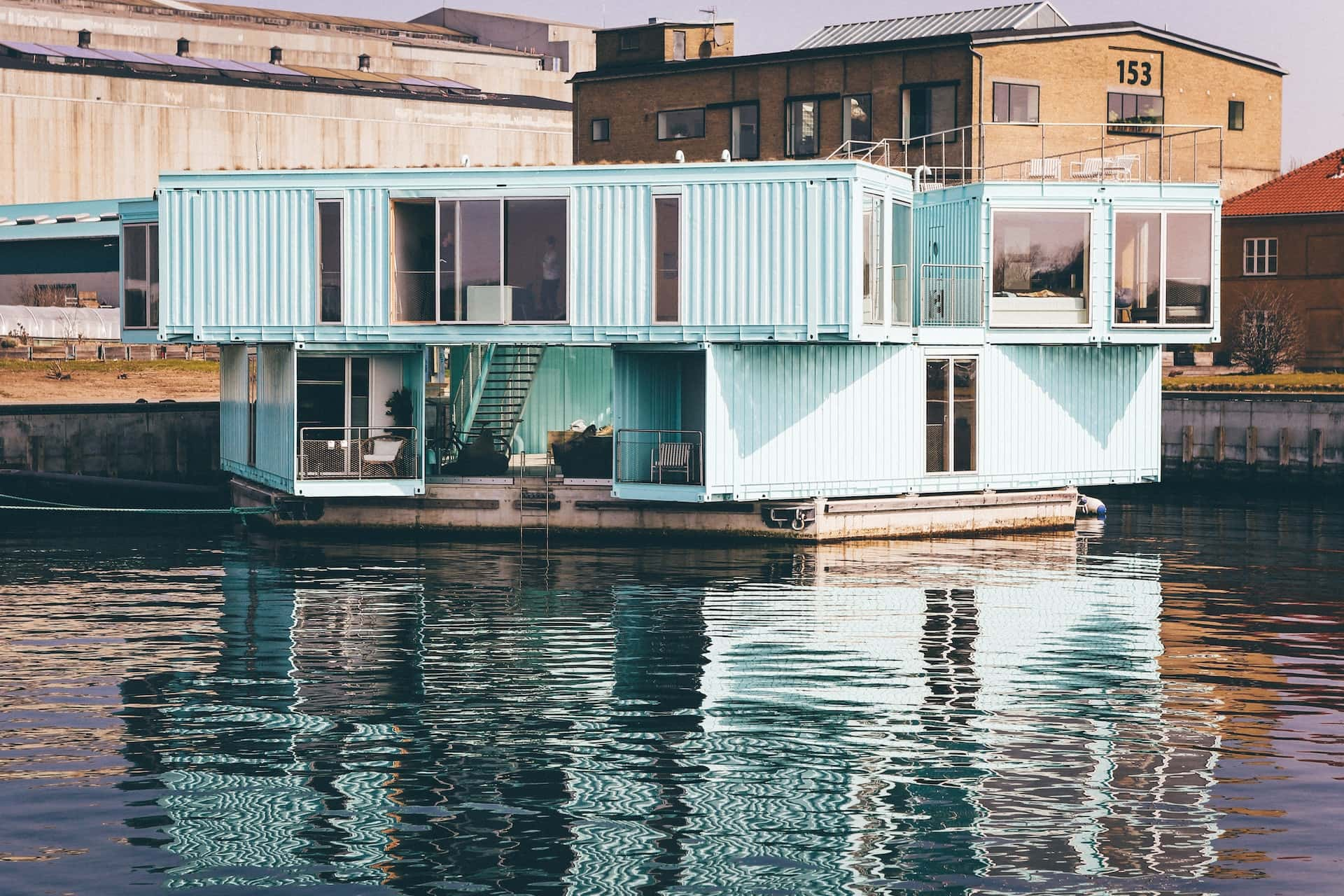
3. Chemicals and Toxins
A container may have been used to transport chemicals or toxins. The possibility that some of the cargo could have spilled on the surfaces cannot be disregarded. If a container is being re-used, it should be abrasive-blasted to expose the bare metal, after which the surfaces should be completely repainted. This involves some additional work, time and expense.
4. Possible Damage
A used container could have dents, holes or twisted frames due to wear and tear. Always inspect the container before you pay for it, or you could land up in trouble!
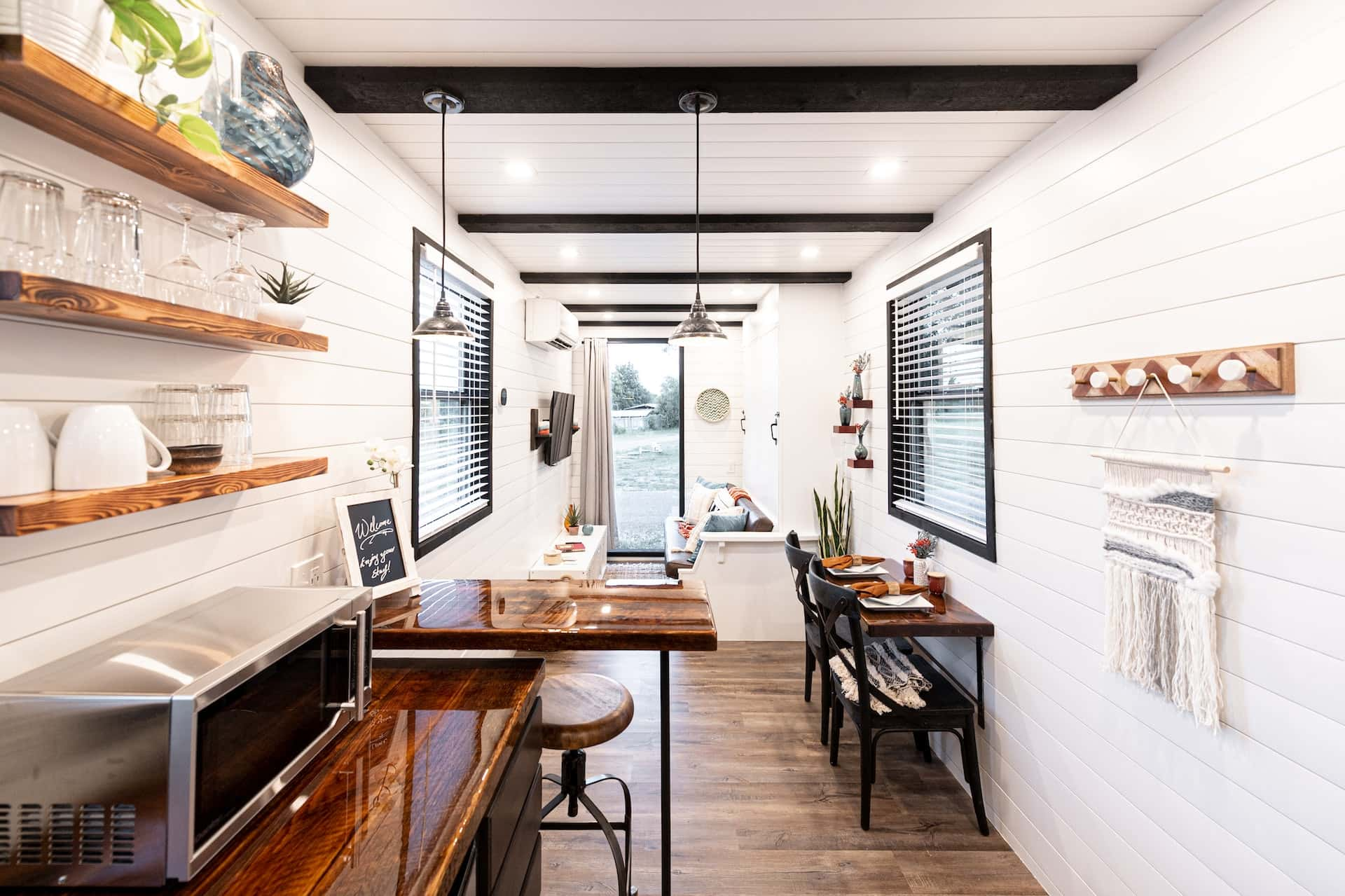
5. Creative Liability
When building a regular house, there is no limit to your creativity and you are not held back by limitations of fixed sizes. However, when designing a container home, you have to work within the sizes that are given to you.
Container House Designs: How Tos
If you’ve decided that a container house design is for you, here’s a to-do checklist:
- Check to see whether a container home requires a building permit in your city or town. If you need a separate electrical or water connection, it will not be possible without a construction sanction from the authorities.
- Make sure that the ground on which your container will rest is stable and even. The earth can be rammed to ensure it is hard and level. If the soil is marshy with poor bearing capacity, you can pour a concrete foundation on which your home will rest.
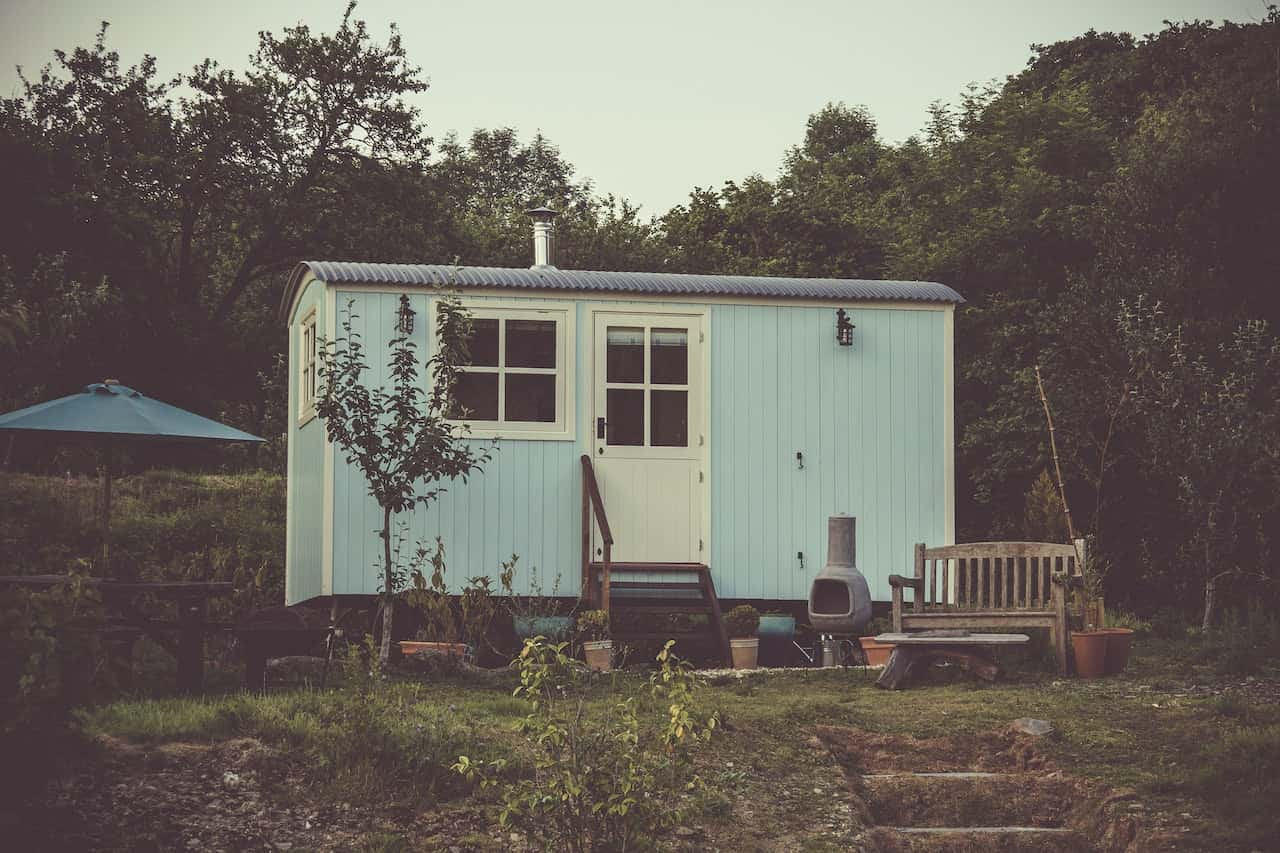
- Next, decide where the door and windows will be, and cut openings.
- Plan and incorporate electrical wiring and plumbing.
- Add walls and install bathroom fittings.
- Incorporate insulation for the walls and ceiling.
- Design and install the interiors. You can use space saving furniture and compact modular designs for the storage and kitchen unit.
Wrapping Up!
Does the thought of building an atypical, innovative and creative container house excite you? This is a trend that we at HomeLane are backing, as the more environmentally aware each of us becomes, the better it is for our planet. By minimising our negative carbon impact on the world, we can leave it a much better place for generations to come.
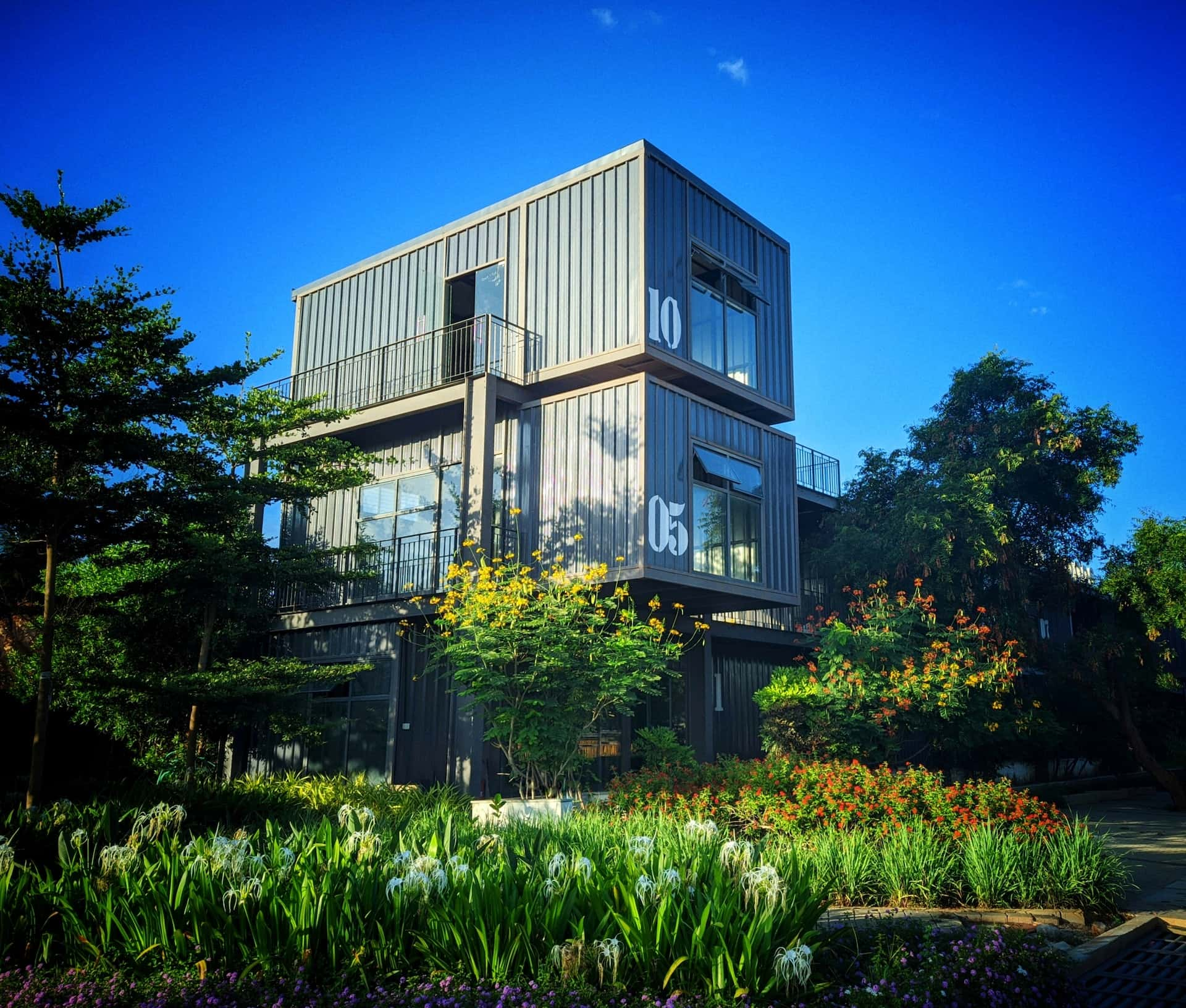
To know more about new and happening trends in the world of home building and home interior design, do subscribe to the HomeLane blog. And if you’re working on a container house design already, you might want to check out our space-saving furniture options, wardrobe designs, and bedroom designs for homes with a compact footprint!
FAQs
1. How much does it cost to make a house out of a container?
The price of these houses will depend on the type of container house design you are opting for. Houses made out of a single container, which measures around 20 to 40 feet by 8 feet in width, can cost anything between INR 2 lakhs to 7.5 lakhs, depending on the amenities and interior fitout. The larger the house and the more luxe your interior is, the more will be the cost you have to pay.
2. What are the advantages of container house designs?
The biggest advantage of a container house design is that it is environmentally sustainable; which is a huge plus in today’s world. Container house designs are also compact and cost-effective, durable with low maintenance, energy-efficient and modular. A container house design can be completed and ready to move in, in as little as three months. Container house designs are definitely the hot and happening building trend of the coming decade!
3. Is a shipping container good for use as a house?
Yes indeed, shipping containers are very suitable for use as a house! Container house design is a very popular trend at the moment. These homes are quick to install, use minimal energy and are very easy on the wallet. Not only is a container home available at throwaway prices, but the maintenance and upkeep of these homes is also low-cost.
Container house designs can be used as holiday homes or homes for families or young people on a budget. They are also a good investment option, as they can be given out as Airbnb rentals to get a second income.
4. Do container homes get hot?
As container house designs are made of steel, they can get uncomfortably hot if located under the blazing sun. Make sure to locate these homes in a shady area, and also ensure that the walls and ceiling are protected with good insulation. You can also leave the windows and doors open at night (watch out for mosquitoes!) and set up a good natural cross-ventilation system. Use a fan or air cooler to keep the air circulating inside the container.
Some materials that are commonly used as insulation include the following:
- Wool
- Recycled cotton waste
- Fiberglass
- Cork
- Spray foam
5. Are container homes cold in winter?
Steel is a good conductor of heat, and as such container house designs can get hot in the summer and cold in the winter, in keeping with the outside temperatures. Thermal insulation can ensure that the interior of the container is always at a pleasant temperature.
Here are some container house design tips to keep your compact home well insulated from the cold:
- Seal any cracks around the doors or windows, to prevent the cold air from entering your home.
- Install double-glazed windows and hang thick drapes.
- Put down warm rugs on the floor in the winter time.
- Use a portable heater if the weather is very cold.




